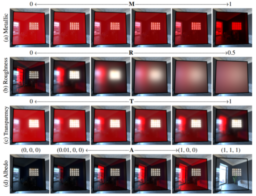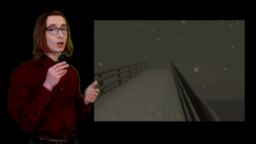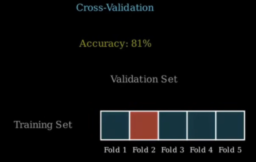- this paper introduces a framework that extends PBR materials to handle transparent surfaces like glass and windows
- addresses limitations of traditional reflection models that struggle with highly specular and transparent materials
- combines advantages of physically-based methods with efficiency by focusing on intrinsic image decomposition
- provides deterministic, interpretable control for material editing while maintaining physical plausibility

- This tutorial demonstrates techniques for implementing efficient custom lighting models
- targets low-powered mobile devices, or augmented reality headsets
- part of an ongoing series exploring custom lighting techniques
- shows which features to remove for more efficient calculations

- this paper explores alternative scene representations using transparent polyhedra (octahedra and tetrahedra) with triangular faces
- presents a differentiable rasterizer that efficiently runs on GPUs, enabling end-to-end gradient-based optimization with real-time rendering
- achieves comparable quality to state-of-the-art volumetric methods like 3D Gaussians while requiring significantly fewer primitives
- the bounded nature of these primitives creates natural compatibility with traditional mesh-based tools for downstream applications

- this research introduces Gaussian-enhanced Surfels (GESs), combining 2D opaque surfels for coarse geometry with 3D Gaussians for fine details
- the novel two-pass rendering approach is entirely sorting-free, eliminating the computational bottleneck of Gaussian sorting
- achieves both ultra-fast frame rates and avoids the popping artifacts commonly seen in other real-time radiance field rendering methods
- includes extensions like Mip-GES for anti-aliasing, Speedy-GES for faster rendering, and 2D-GES for compact storage

- This video explores the technical reasons behind the distinctive visual appearance of PlayStation 1 games. Especially explaining the effects of the Silent Hill series
- focuses on explaining projection from world into projection space, vertex shading, color quantization etc.
- Explains the hardware limitations that led to the characteristic polygon wobbling and texture warping

- this animated video breaks down essential machine learning and AI concepts in a visual, accessible way
- uses animations to explain complex algorithms and mathematical foundations behind modern AI systems
- helps viewers develop an intuitive understanding of key AI concepts without requiring advanced mathematical background

Thanks to Manish Mathai for support of this series.
Would you like to see your name here too? Become a Patreon of this series.